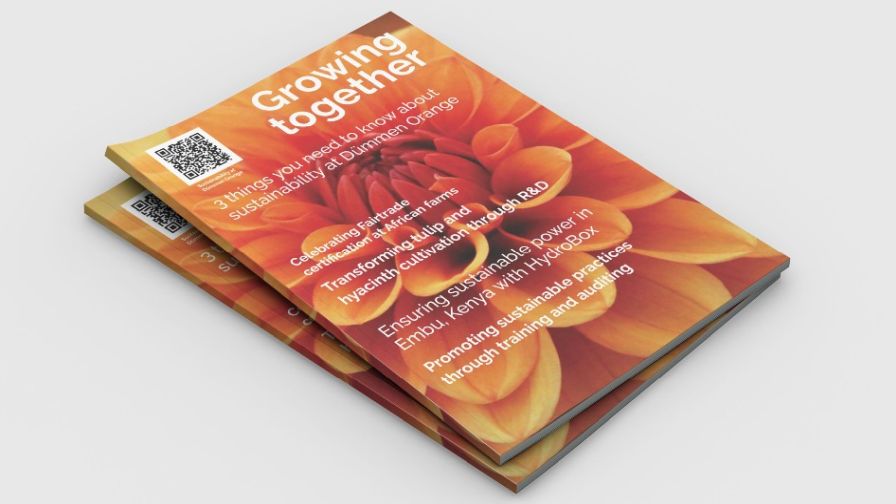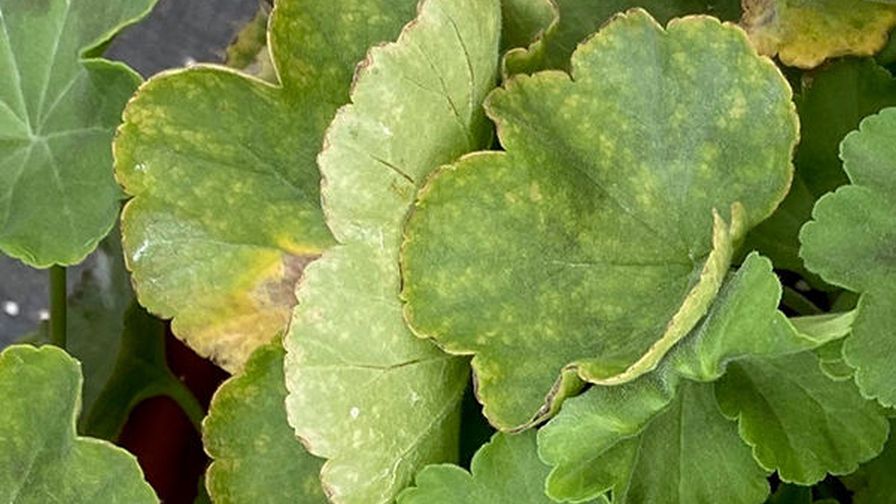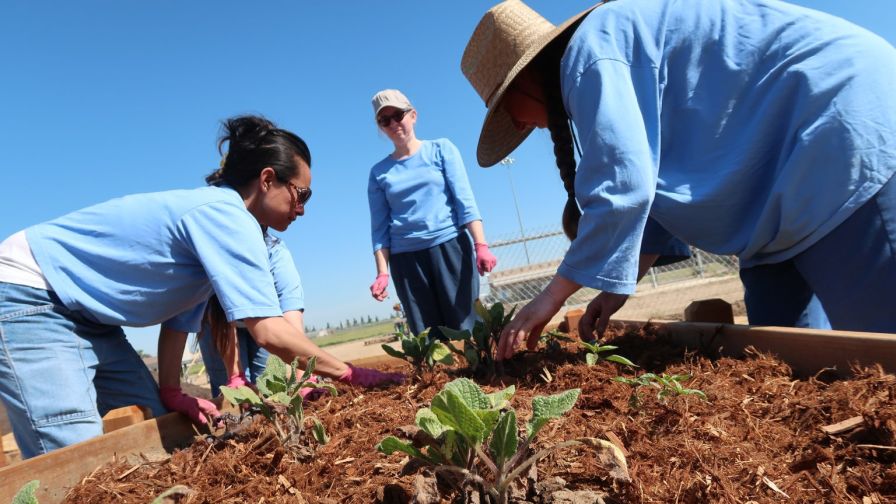Danny Takao’s National Promotion Idea

Danny Takao, the former OFA president, suggests a non-profit organization serve as the vehicle that collects annual dues from the entire supply chain. Takao writes:
My daughter put a sign in my office. It reads, “If you change nothing, nothing will change.”
As I look at all the events around the country and abroad, I’m wondering what will the new normal be like for our industry and how will our new consumer think and spend their monies. I don’t think it’s in our best interest to sit back and wait.
Here are some interesting and scary facts:
According to Charlie Hall, the Ellison Chair in International Floriculture at Texas A&M University, there is going to be a decline in the population after the Baby Boomers. This group is going to be significantly smaller than the Baby Boomers, who have supported our industry all these years. It will be roughly 10 years before the next group of consumers come of age that can affect our industry and will actually be larger than the Baby Boomers. These next groups need to be shown how plants can be incorporated into their lifestyle.
Fact: Our current college age group has borrowed more than $1 trillion to pay for their education. They have a long time to pay off their debt. How will that affect their ability to purchase homes and our plants?
Fact: Our housing market has a ways to go before it balances out with inventory versus demand. In California, we thought 2012 but now everyone is thinking 2015. If you look at what has happened to the nursery growers it could easily happy to any segment. We need to think as an industry.
Fact: We know there is a need to help educate any consumer regardless of age about the beauty and wellness that can come from plants. The biggest issue I hear from young people is they don’t know enough and end up killing the plants they purchase, which affects future purchases. We need to develop confidence in all the age groups that feel this way.
Fact: As growers, we could never come to any solution on funding this campaign. It’s been more than 20 years since we started talking about this. We’ll never volunteer to fund this, and it’s not fair to have one segment of the supply chain have to collect for the industry.
What if a non-profit organization could be the funding/collecting mechanism via assessed yearly dues? Instead of focusing on one group, we assess the complete supply chain based on annual sales. Let’s say we collect $250 to $1,000. If we spread that over everyone in the industry, no one group or company would bear the cost of this campaign. That should raise a minimum of $1 million, plus enough to get going with our national campaign.
I know this is blue-sky thinking but I can’t think of a better time to get this going. As past president of OFA, I’ve heard it all – from those who see the vision to those who do but say they can’t afford to contribute. My thinking is we can’t afford to sit on the sidelines. The wait-and-see approach is not a good one for our industry.
As my daughter’s sign says: If you change nothing, nothing will change.
It’s time for change.










